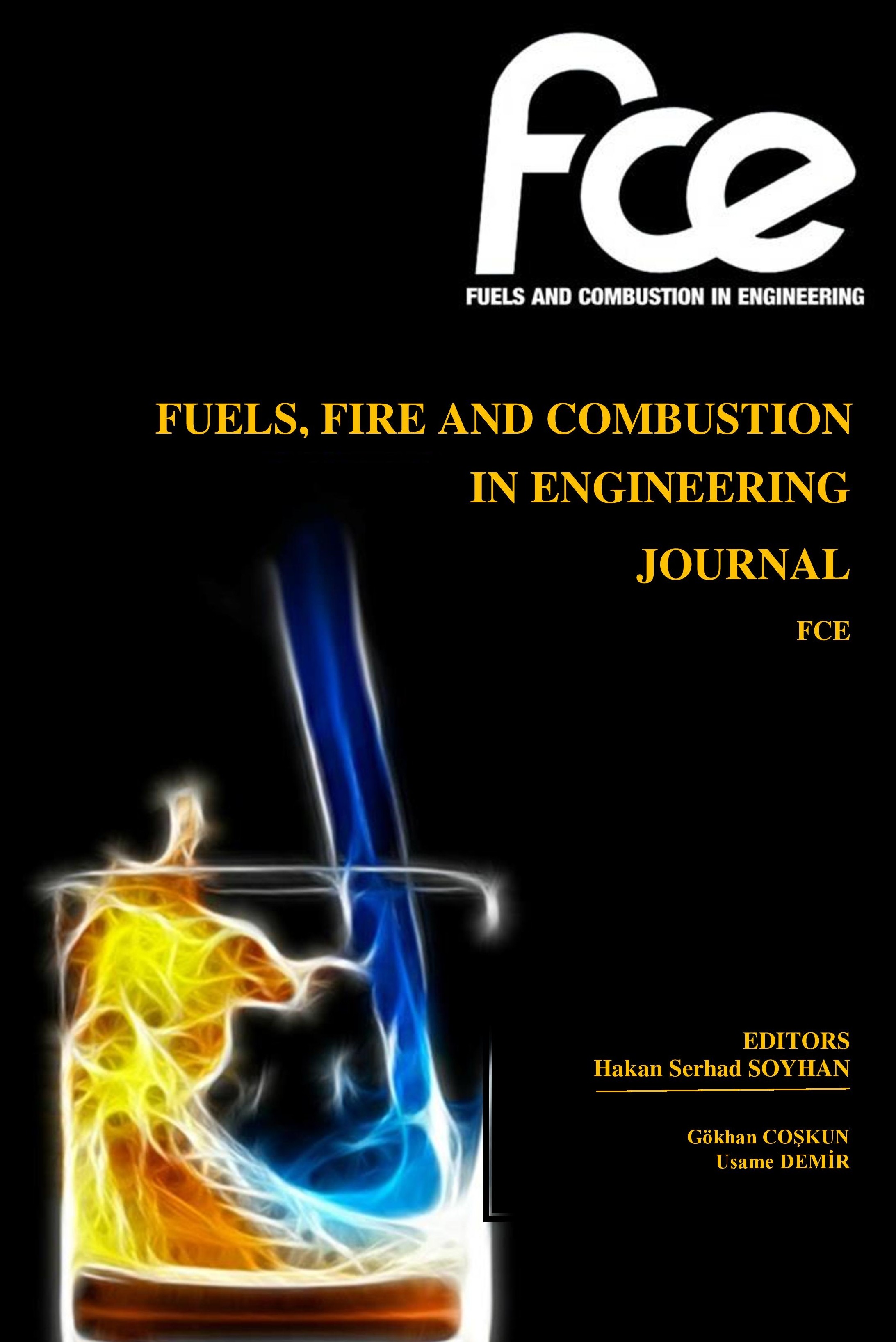PAMUK YAĞI METİL ESTERİNDE OKSİDASYON KATKI MADDELERİNİN YAKIT ÖZELLİKLERİNE ETKİSİ
The Influence of Oxidation Additives to the Fuel Properties in Cottonseed Oil Methyl ester
Up to the present time, the majority of the scientific studies that are carried out on the subject of biodiesel are composed of producing of from various types of vegetable oils with different methods and experimentation of this in the internal combustion engines in different forms. Some of the features of biodiesel fuel that is produced in these sorts of studies and the engine performances are compared. However, the oxidation stability of biodiesel fuels is an industrial problem. Some of biodiesel fuels are more stabilized than the others. Poor stability can increase the gums and the residue within the biodiesel and cause fuel filter to be clogged. Comparison of density, viscosity and oxidation stability of the fuel provides us to maintain an opinion about whether abovementioned biodiesel fuel is oxidized or not. In this study, cotton seed oil methyl ester (COME) which is obtained from cotton plant that is an important means of living in our country especially in the Southeast Anatolia and Çukurova Regions and also has an outstanding potential oil value was used. During the production, the most widely used method – transesterification method was used. By measuring the density, viscosity and oxidation values of COME product at particular intervals, influence of additive on the fuel properties that was added to fuel was monitored. In conclusion, it is observed that the oxidation preservative additive (TBHQ) that was added to COME is inadequate to get the fuel oxidation stability to the required values so the amount of additive should be increased to raise the oxidation stability or it is suitable to use different types of oxidation preservative additive that was used in this study
Keywords:
Cottonseed oil, biodiesel, TBHQ fuel characteristics, oxidation additive,
- ISSN: 2564-6435
- Başlangıç: 2016
- Yayıncı: Hakan Serhad SOYHAN
Sayıdaki Diğer Makaleler
Vittorio MANENTE, Bengt JOHANSSON, Pert TUNESTAL, Marc SONDER
PERFORMANCE AND EXHAUST EMISSION CHARACTERISTICS OF A DIESEL ENGINE RUNNING WITH LPG
PAMUK YAĞI METİL ESTERİNDE OKSİDASYON KATKI MADDELERİNİN YAKIT ÖZELLİKLERİNE ETKİSİ
Ali ÖZULUYOL, Mustafa ACAROĞLU
DEVELOPMENT OF A COMBUSTION CHAMBER FOR OPTIMUM COMBUSTION PROCESS IN DIESEL ENGINES
Hikmet ARSLAN, O. Akin KUTLAR, Rafig MEHDIYEV
Burak GOKALP, H. Ibrahim SARAC, H. Metin ERTUNC, Murat HOSOZ, Hakan Serhad SOYHAN
INVESTIGATIONS ON THE PERFORMANCES AND EMISSIONS OF A SPARK IGNITION ENGINE FUELLED BY BIOGAS
Bilge ÇEPER, S. Orhan AKANSU, Nafiz KAHRAMAN, İskender GÖKALP
BIYOETANOL- BENZIN KARIŞIMLARININ BAZI YAKIT ÖZELLIKLERININ BELIRLENMESI
